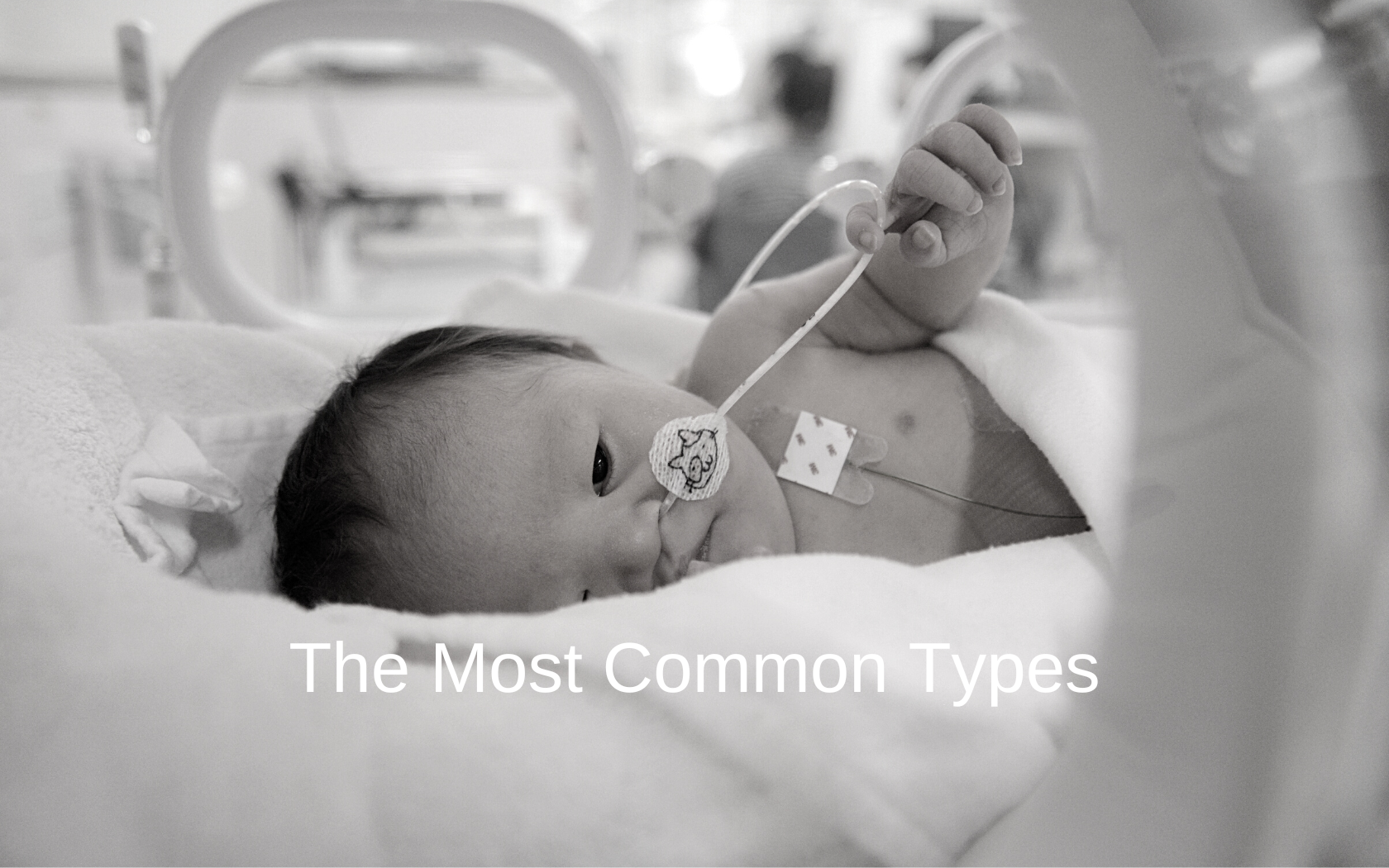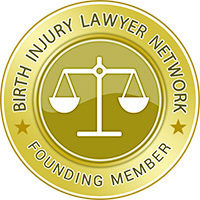“First, do no harm.” That’s the healthcare worker’s promise within the Hippocratic Oath. But sometimes doctors do harm their patients. This is medical malpractice. In this article, we’ll explore several examples of medical malpractice. Have you suffered harm in a physician’s negligent hands? If so, you have the right to take legal action and seek compensation with the help of a medical malpractice lawyer.

What is Medical Malpractice?
Medical malpractice is when a healthcare provider’s medical negligence harms a patient. This can occur when a doctor, nurse, or medical facility doesn’t follow the “standard of care”. The standard of care refers to reasonable treatment a patient can expect in a given medical situation.
Medical Malpractice Examples
Medical malpractice can take many forms. Let’s take a look at some examples.
Misdiagnosis
Misdiagnosis is one of the most common types of malpractice.
There are four different types of misdiagnosis:
- Delayed diagnosis. The healthcare provider is slow to diagnose a medical condition. This allows the condition to worsen, and it may become more difficult to treat.
- Wrong diagnosis. The doctor provides an incorrect diagnosis. This may lead to inappropriate treatment or no treatment at all.
- Missed diagnosis. The provider fails to recognize the signs and symptoms of a medical condition.
- Over-diagnosis. This is when a healthcare provider diagnoses a medical condition that a patient doesn’t have. It can lead to unnecessary treatment or testing.
- Under-diagnosis. The doctor fails to diagnose a medical condition that a patient does have. The patient receives inadequate or no treatment.
Wondering what conditions doctors misdiagnose most often? The top illnesses include cancer, heart disease, stroke, and infections.
Surgical Errors
Surgical errors are mistakes made by medical professionals during an operation. They can range from minor to catastrophic.
Examples of medical malpractice involving surgical errors include:
- Performing the wrong procedure.
- Operating on the wrong body part.
- Leaving surgical instruments or sponges inside the patient’s body.
- Causing nerve damage or injuries to tissues/organs.
- Administering incorrect medication or dosage.
Surgical errors can occur for a variety of reasons. There could be miscommunication between medical staff. An employee could get distracted and miscount the number of surgical instruments.
Why do surgeons make such errors? Fatigue could be the culprit. Inadequate training is another possible reason. Equipment failure can lead to surgical mistakes as well. A surgeon might also cause harm on purpose. (Such as the surgeon who carved his initials into a patient’s abdomen.)
Medication Mistakes
Errors involving medicine can take many forms. It can happen at any stage. For example, the doctor could write the wrong prescription. Or the pharmacist makes a mistake when filling it. A nurse might administer the wrong amount.
Here’s a list of medication-related malpractice examples:
- Administering the wrong medication.
- Giving the incorrect dose of medication.
- Delaying the administering of critical medication.
- Administering medication by the wrong route (ex. intravenous instead of oral).
- Prescribing medication that interacts with another medication.
- Failing to adjust medication dosages for patients with renal or hepatic impairment.
- Dispensing the wrong medication to a patient at a pharmacy.
- Mislabeling medications.
- Failing to check for side effects of a medication.
- Miscommunication between healthcare providers about medication orders.
- Inadequate patient education for medication use and side effects.
Failure to Treat or Refer
In this example of medical malpractice, the doctor doesn’t treat the patient at all. Or, they provide inadequate treatment. One example of this is failing to order necessary diagnostic tests. Another is failing to prescribe appropriate medication or treatment. Doctors may also fail to recognize and address potential complications.
Failure to refer means a patient needed care from a different doctor. For example, a patient needs to see a specialist. But their doctor didn’t refer them to one.
Anesthesia Errors
Anesthesia lets a patient go through surgery “as if it had never happened”. It’s not something you want a doctor to mess up! But anesthesia errors are a form of malpractice because doctors do mess this up.
Anesthesia errors can include:
- Administering too much or too little anesthesia medication
- Failing to track a patient’s vital signs during anesthesia
- Inadequate monitoring of the patient’s consciousness during sedation (can result in awareness under anesthesia, for example)
- Delayed recognition of complications during anesthesia. (Ex. allergic reaction or difficulty breathing.)
- Failure to intubate a patient or maintain their airway during anesthesia
- Administering the wrong type of anesthesia medication or an incorrect dosage
- Failing to communicate with the patient about the risks and benefits of anesthesia.
- Omitting a thorough post-anesthesia assessment to detect and manage complications
Anesthesia mistakes can have serious consequences. They can lead to brain damage, organ failure, or even death.
Childbirth Mistakes
Medical errors during childbirth are a parent’s worst nightmare. Negligence during delivery can lead to birth injuries or death.
Here are some examples of medical malpractice involving childbirth:
- Failure to watch for fetal distress. One of the most common examples of medical malpractice during childbirth is letting fetal distress go untreated. This can lead to a delay in diagnosing and treating issues. Problems like oxygen deprivation or umbilical cord prolapse can cause fetal distress.
- Misuse of forceps or vacuum extraction. A doctor might apply too much force and injure the baby’s head or brain.
- Delayed or improper use of a cesarean section. Failure to order a C-section on time can result in injury to the mother or baby.
- Medication misuse. One example of this is administering excessive amounts of Pitocin (a drug used to induce labor).
- Failure to diagnose or treat infections in the mother or the baby. Letting infections reign free can lead to serious complications.
It’s important to note that not all negative outcomes in childbirth are the result of medical malpractice. Sometimes, despite the best efforts of the birth team, complications can arise that lead to harm.
Do you believe that you or your baby suffered harm due to medical malpractice during childbirth? Don’t wait— contact our medical malpractice law firm and speak with an attorney who specializes in birth injury law to determine if you have a case.

How to Prove Malpractice in a Medical Malpractice Case
Now you know the legal definition of medical malpractice. You’re aware of the most common examples of medical malpractice. You’re thinking of filing a lawsuit after a surgery gone wrong. But how can you be sure your surgeon was negligent?
Not every negative outcome constitutes malpractice. For example, a doctor might do everything in their power to save a patient’s life. But the patient passes away. Does this warrant a wrongful death lawsuit? Not necessarily. If the doctor’s actions were appropriate at all times, they can’t be held liable for what may have been inevitable.
For medical malpractice lawsuits to have merit, they must fit the legal definition of malpractice. This means you must show evidence for several key elements.
What are those key elements to prove?
- A doctor-patient relationship existed. You must prove that the healthcare provider in question treated you.
- The healthcare provider was negligent. Clearly show the doctor failed to provide the appropriate standard of care.
- The provider’s negligence caused the injury. Prove that your doctor’s actions or inactions were a direct cause of your injuries.
- The injury resulted in damages. Provide evidence of damages. These include both economic or non-economic losses. Examples are physical or emotional pain and suffering, medical expenses, and lost wages.

Get Legal Help for Medical Malpractice
The medical malpractice examples we’ve listed here aren’t the only cases possible. Your case may not fit into one of those categories. But that doesn’t mean negligence didn’t take place, and a competent medical malpractice attorney can help you determine if it did.
Our lawyers can help sort out what happened to you. Call us now to determine whether you have a case. You can also schedule a consultation with our medical malpractice attorneys at no cost to you.












